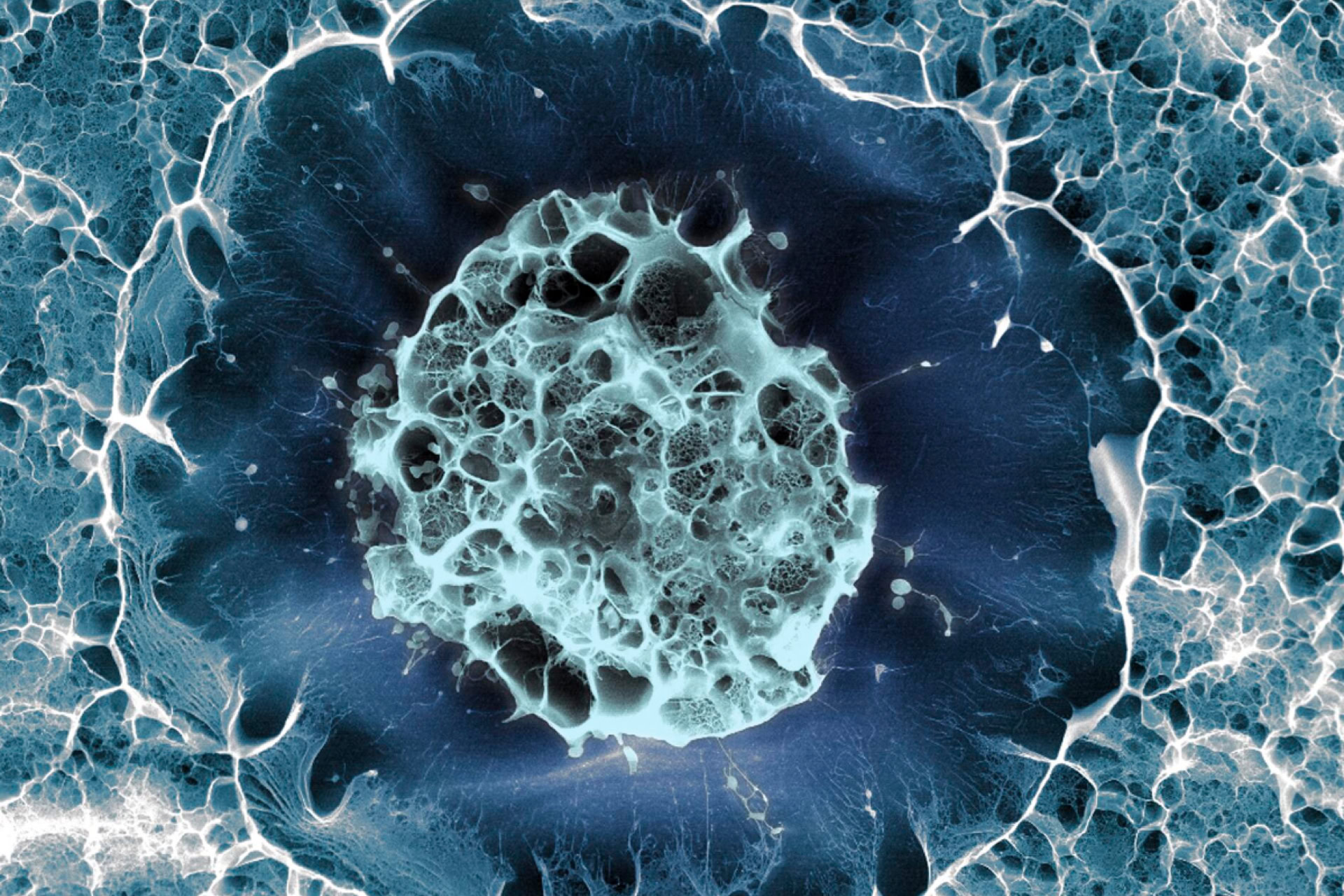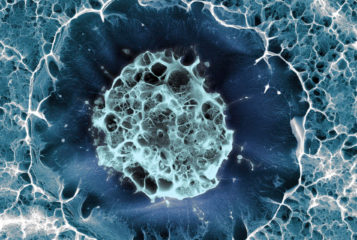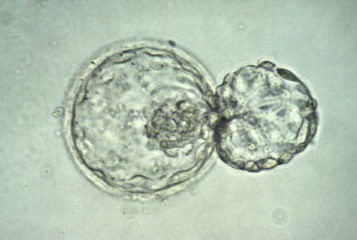Scientists have developed a way of growing thousands of human hair cells – sensors in the inner ear that detect sound – from stem cells.
They hope to use the newly grown cells to replace those that gradually die over time as a result of ageing, loud noises and toxic drugs, which can lead to acquired deafness. Humans are born with only 15,000 inner hair cells, but when they are damaged they cannot regenerate.
'Amazingly, birds and amphibians are capable of regenerating hair cells throughout their life, suggesting that the biology exists and should be possible for humans. Intrigued, we decided to explore whether these hair cells could be regenerated,' said Dr Jeff Karp, a biomedical engineer at Brigham and Women's Hospital.
In the study, published in Cell Reports, the researchers report that they managed to generate more than 11,000 inner hair cells – more than 60 times the number generated in previous attempts.
They first extracted cells from a mouse's cochlear with features that marked them out as a type of stem cell. Then they used a unique drug cocktail, which encouraged the cells to multiply, before maturing them into large populations of hair cells using a second drug cocktail. The team showed that the technique worked with cells from mice, primates and humans.
In a second experiment, Dr Karp and colleagues multiplied these stem cells before injecting them directly into a mouse inner ear. 'The natural signalling cascade that exists in the body will drive a portion of those cells to become hair cells,' he explained.
The work was founded on a previous study published in Neuron, in which hair cells were produced from mouse stem cells. However, this technique produced only 200 cells, which was not sufficient to fully reverse deafness.
Dr Karp said that the research findings 'show promise for a therapy to treat patients with hearing loss', which affects more than 11 million people in the UK. The drug cocktails from this study could be injected into the middle ear, diffuse across a membrane into the inner ear, and start the process of hair-cell regeneration.
Dr Karp and colleagues have established a start-up, Frequency Therapeutics, with the aim of developing a treatment for hearing loss, and they hope to begin human clinical trials within 18 months. 'Frequency's development of a disease-modifying therapeutic that can be administered with a simple injection could have a profound effect on chronic noise-induced hearing loss,' said Dr Chris Loose, the company's co-founder.
Sources and References
-
Reprogramming Hair Cells
-
Could a jab stop old people from going DEAF? Scientists create a drug that can restore crucial hair to the inner ear and allows them to keep their hearing
-
Scientists unlock ability to generate new sensory hair cells
-
Clonal Expansion of Lgr5-Positive Cells from Mammalian Cochlea and High-Purity Generation of Sensory Hair Cells
-
Drug Combo Can Regenerate Hair Cells, May Restore Hearing Loss






Leave a Reply
You must be logged in to post a comment.